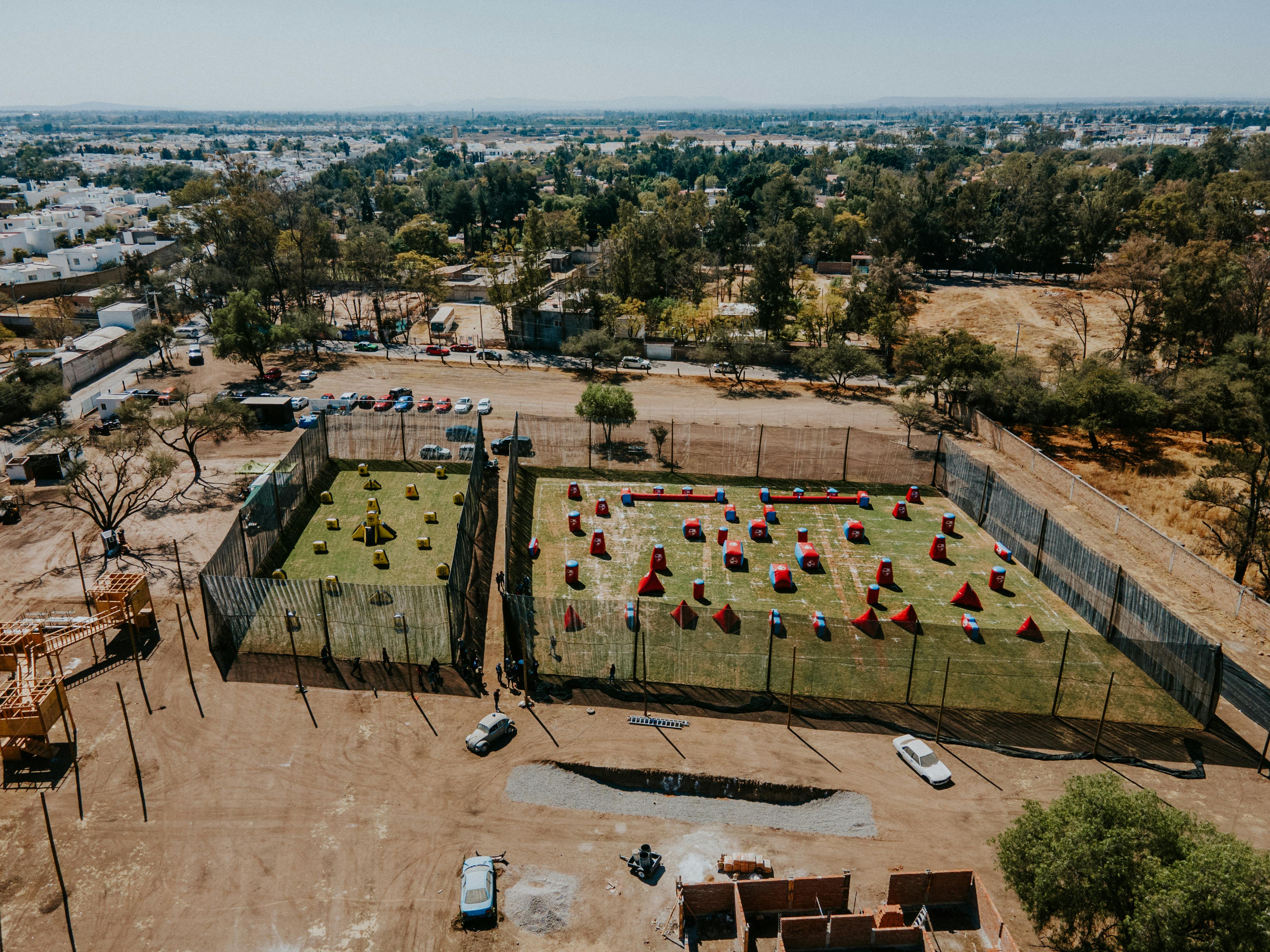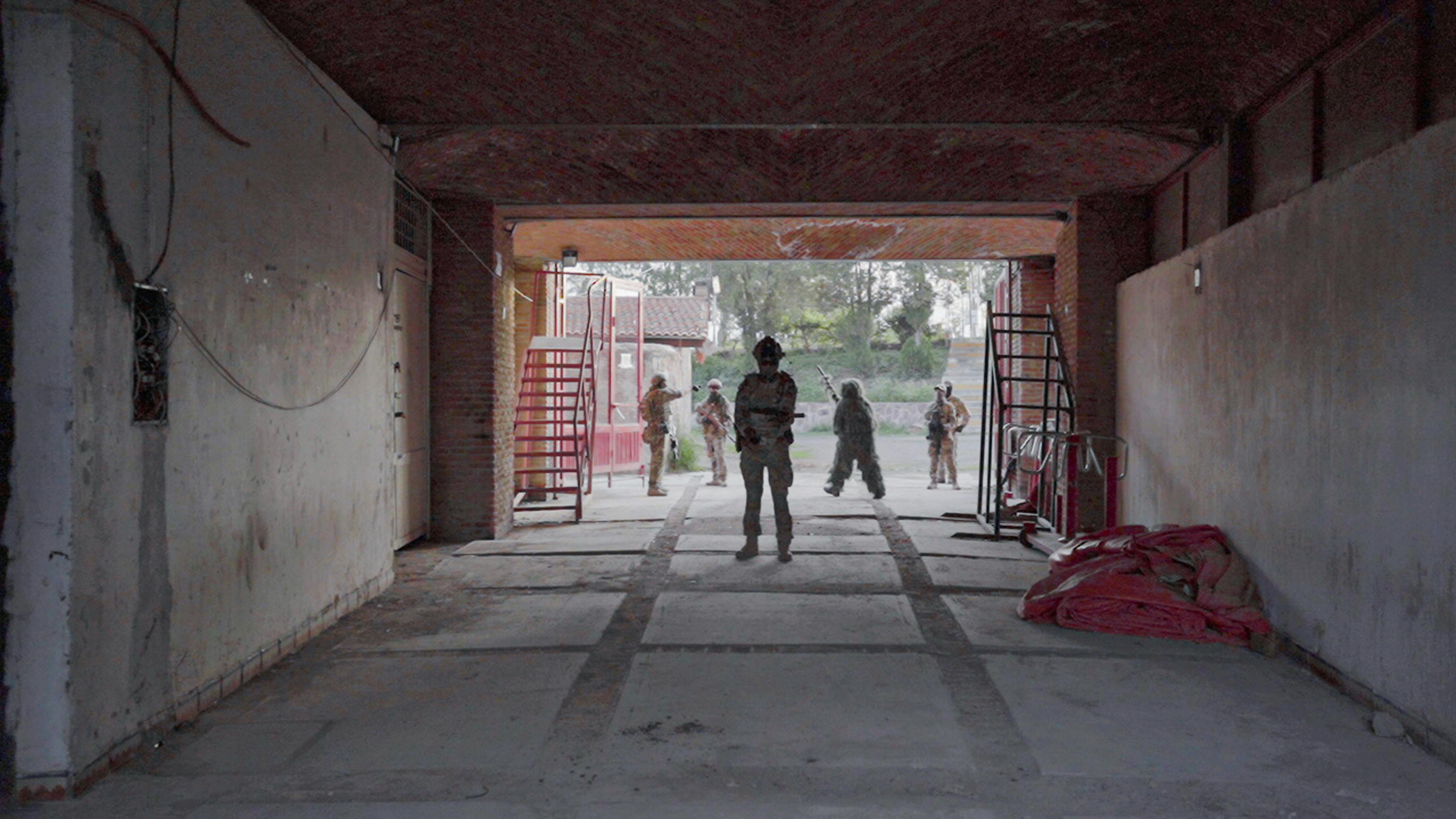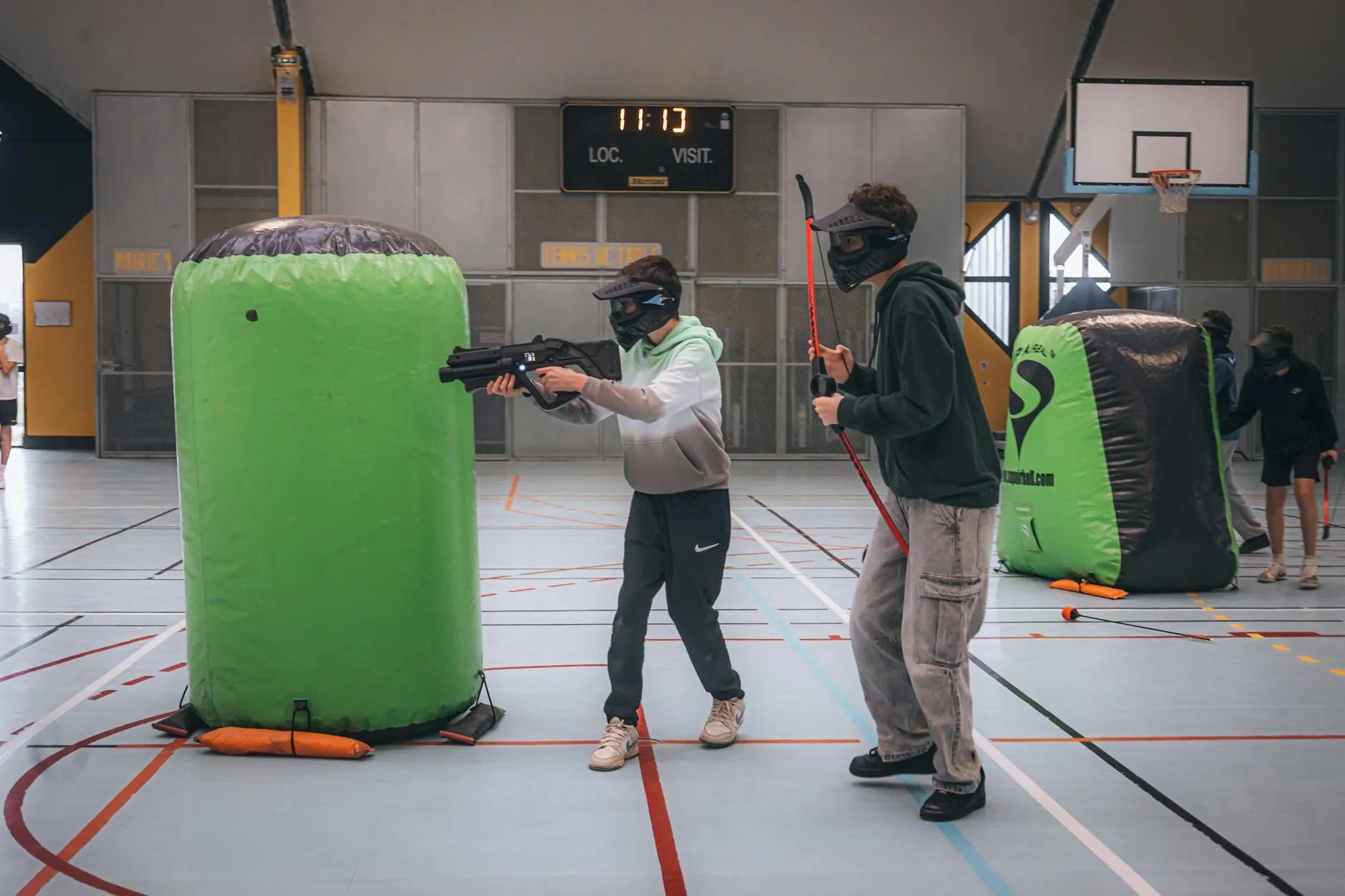How Fast Do Paintball Guns Shoot 5 Essential Velocity Insights
The first time I truly understood the relationship between speed and survival in paintball wasn’t during a championship match or a high-stakes tournament. It happened on a muggy Tuesday afternoon in Colorado, when a rookie player named Jake—armed with a rental Tippmann Cronus—accidentally outgunned me using nothing but raw trigger discipline and a fog-free line of sight. As orange splatter bloomed across my chest protector, two truths became clear: velocity matters, but vision dictates victory. Let’s dissect what every player needs to know about paintball gun speeds—and why seeing your target clearly is the ultimate force multiplier.
1. The Safety Threshold: Why 280-300 FPS Isn’t Just a Suggestion
During my early coaching days at Rocky Mountain Paintball Park, we’d test every rental marker daily. One morning, a father-son duo arrived with a “customized” Spyder Victor. Their pride turned to panic when our chronograph read 327 FPS—27 over field limits. “But YouTube said tighter springs increase range!” the dad argued. What he didn’t realize: exceeding 300 FPS doesn’t just risk field bans. It transforms paintballs from biodegradable gel capsules into potential injury vectors.
Key factors influencing safe velocities:
- Air temperature: CO2 expands in heat, adding 10-15 FPS unintentionally
- Paint quality: Brittle tournament-grade shells fracture easier at high speeds
- Barrel length: Longer barrels (14"+) stabilize shots but require velocity adjustments
At Overo Glasses, we’ve seen players push limits trying to compensate for blurred vision—a dangerous gamble. One customer, a SWAT trainer, shared how Overo’s anti-fog inserts helped him maintain 280 FPS precision during night games without “spray-and-pray” overcompensation.

2. Mechanical vs Electronic: The ROF Revolution You Can’t Ignore
My college team’s Dye Proto Rize could spit 12 balls per second—on paper. In reality, our hoppers jammed past 8 BPS, creating a comedic chorus of “CLICK-CLICK-thunk” during crucial pushes. Contrast that with last month’s scenario: using an HK Army Shocker XLS at 15 BPS in semi-auto mode, I bunkered three opponents in 4.3 seconds flat. The difference? Modern electronic markers pair ludicrous rates of fire (ROF) with surgical consistency… if you can see your targets.
ROF realities across marker tiers:
- Rental Mechanical: Max BPS (3-4), Moderate air efficiency, Always tournament-legal
- Mid-Tier Electronic: Max BPS (8-10), High air efficiency, Field-dependent legality
- High-End Tournament: Max BPS (15+), Extreme air efficiency, NXL Certified
But here’s the rub: higher ROF magnifies vision flaws. During a 2023 woodsball event, fogged goggles made me waste 60% of a 200-round pod on phantom targets. Switching to Overo’s prescription inserts dropped my paint consumption by 38%—clear sightlines meant fewer speculative shots.

3. The Modification Trap: When Faster Becomes Weaker
“I’ll just drill the valve stem,” muttered my teammate Derek before a 2022 regional event. His plan? Boost his Empire Mini GS past 310 FPS for “long-range sniping.” The result? A shattered solenoid, a $220 repair bill, and a safety marshal’s lifetime side-eye. Modern markers are precision instruments—tampering often backfires spectacularly.
Common modification fails:
- Spring swaps: Stiffer springs increase FPS but destabilize regulators
- Bore sizing: Undersized barrels cause breaks; oversized lose pressure
- Trigger jobs: Over-lightened triggers cause accidental ramping
Ironically, the best “mod” isn’t mechanical—it’s optical. A Michigan tournament team reported 22% faster target acquisition after switching to Overo inserts. When your eyes aren’t battling double lenses or fog, you react faster than any upgraded trigger allows.

4. Pro Secrets: Why Consistency Beats Raw Speed Every Time
At the 2021 World Cup, I watched a pro player dismantle a rampaging Dye M3+ user with a single-shot Pump-action marker. His secret? Knowing his gun’s exact FPS curve. While electronic markers offer firehose-like output, mechanical guns (like the Planet Eclipse EMEK) provide unmatched shot-to-shot consistency—if you’ve got the vision to place each round.
Velocity deviation comparison (10-shot strings):
- High-End Electronic: ±2 FPS
- Mid-Range Mechanical: ±8 FPS
- Rental Grade: ±15 FPS
This precision is why Overo engineers our inserts with .01mm tolerance prescription accuracy. A Florida tournament organizer noted that teams using our inserts reduced chronograph variations by 11%—clear vision helps players tune markers more accurately.
5. Beyond FPS: The Hidden Metric That Wins Games
“FPS is how fast your paint flies. Joules are how hard it hits.” My coach burned this into us freshman year. Kinetic energy (KE) calculations separate safe play from liability:
KE (Joules) = 0.5 * Mass (kg) * Velocity² (m/s)
At 300 FPS (~91.4 m/s), a standard .68cal paintball (3.2g) delivers ~13.4 Joules—equivalent to a major league fastball. Now imagine that energy wasted on blurred targets. During a night game last October, my squad conserved 30% more air and paint using Overo’s low-light optimized inserts. Seeing clearly isn’t just safety—it’s resource management.

The Overo Edge: Why Champions Choose Clarity
Midway through writing this, I received a message from Carla—a 16-year-old speedball phenom who ditched contacts after chronic dry eye. With Overo inserts, she now spots lens flickers in opponents’ goggles, anticipating their turns. Her last tournament stats? 87% accuracy at 10.2 BPS.
Our prescription inserts aren’t about selling gear. They’re about erasing the compromises that held back players like Carla—and the Marcus of 2021 who lost championships to fogged lenses. At 119.99 USD, they cost less than a high-end barrel kit but impact every shot you’ll ever take.
So when you chronograph your marker next, ask yourself: What’s your vision costing you? The answer might just change your game—and your life.
Frequently Asked Questions
Why is the recommended velocity range for paintball guns 280-300 FPS?
This range ensures safety by minimizing the risk of injury while maintaining consistent performance on the field. Exceeding this limit, as highlighted in the example of a customized Spyder Victor hitting 327 FPS, can transform paintballs into potential safety hazards and may result in field bans.
How does vision impact performance in paintball?
Clarity of vision is crucial for accuracy and resource management. Fogged lenses or blurred sightlines can lead to wasted paint and missed targets. Players using Overo’s anti-fog inserts or prescription lenses have reported noticeable improvements in accuracy and performance.
Are mechanical paintball guns less effective than electronic ones?
Not necessarily. While electronic markers can achieve higher rates of fire and consistency, mechanical guns, such as the Planet Eclipse EMEK, are known for their shot precision. With the right equipment and vision aids, even mechanical guns can outperform advanced markers in some scenarios.
What are the common mistakes when modifying paintball guns?
Frequent pitfalls include spring swaps, incorrect bore sizing, and trigger over-adjustments. Such mistakes can destabilize markers, increase maintenance costs, or even render them ineffective. Optical improvements, like better lenses, often yield better results than mechanical tweaks.
How is kinetic energy (KE) relevant to paintball safety and strategy?
Kinetic energy measures the force behind a paintball’s impact. At 300 FPS, a standard .68cal paintball delivers about 13.4 Joules of energy. Proper vision aids can help players conserve resources and use this energy effectively on the field.
References
- Bullet - Wikipedia - Details on velocity and kinetic energy in projectile motion.
- Replica Airguns Field Tests - Insights on velocity tests for different markers.
- Palm Bay Paintball Park FAQ - Answers to common questions about paintball safety and performance.
- DoodleBug Sportz - Low vs. Standard Impact - Information on safety parameters and velocities for different types of paintball.
- Splat Tag Rules and Waivers - Guidelines on paintball safety limits and regulations.



Share:
How Far Can Paintball Guns Shoot 7 Facts Every Player Needs
How Old Do You Have To Play Paintball 2025 Guide